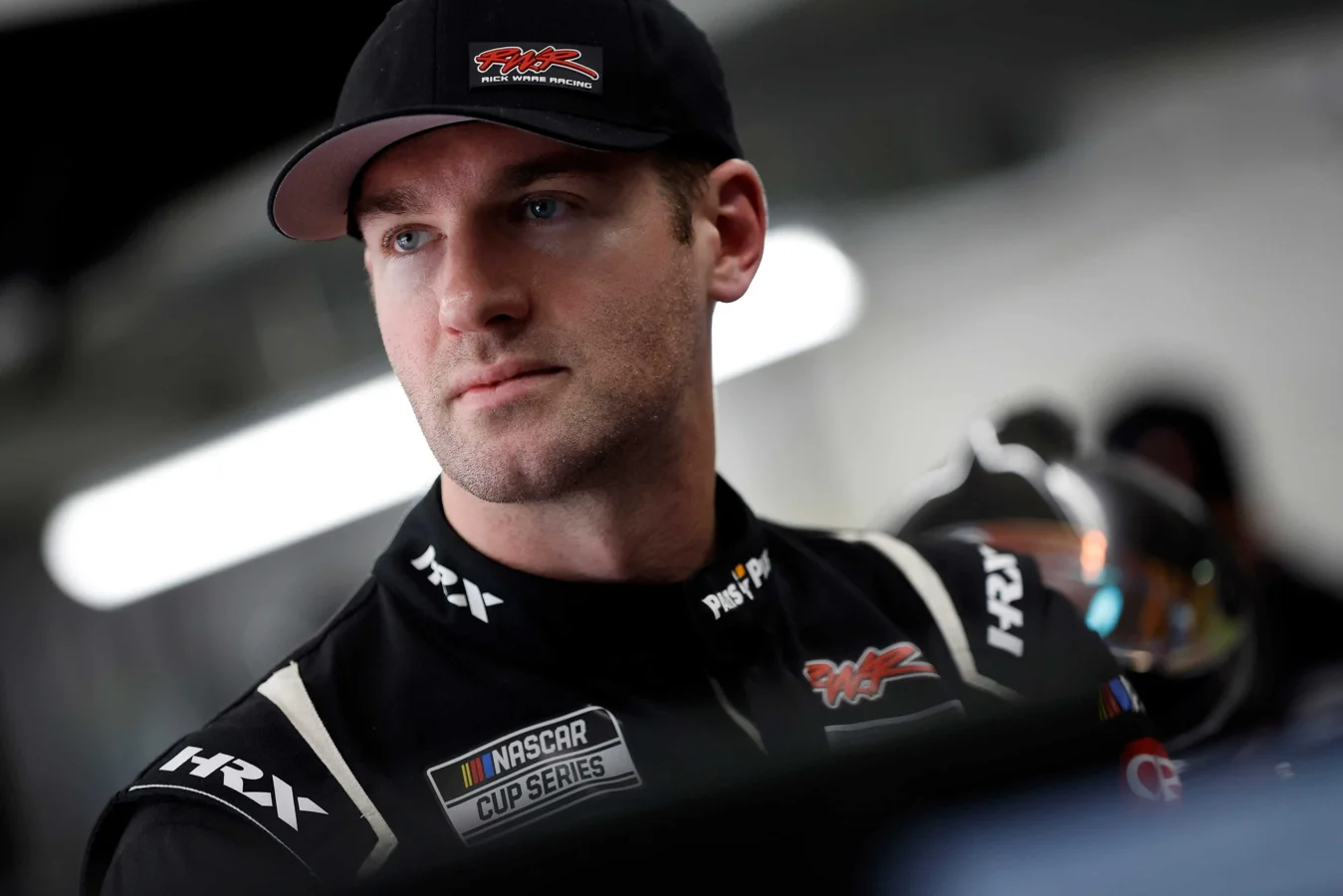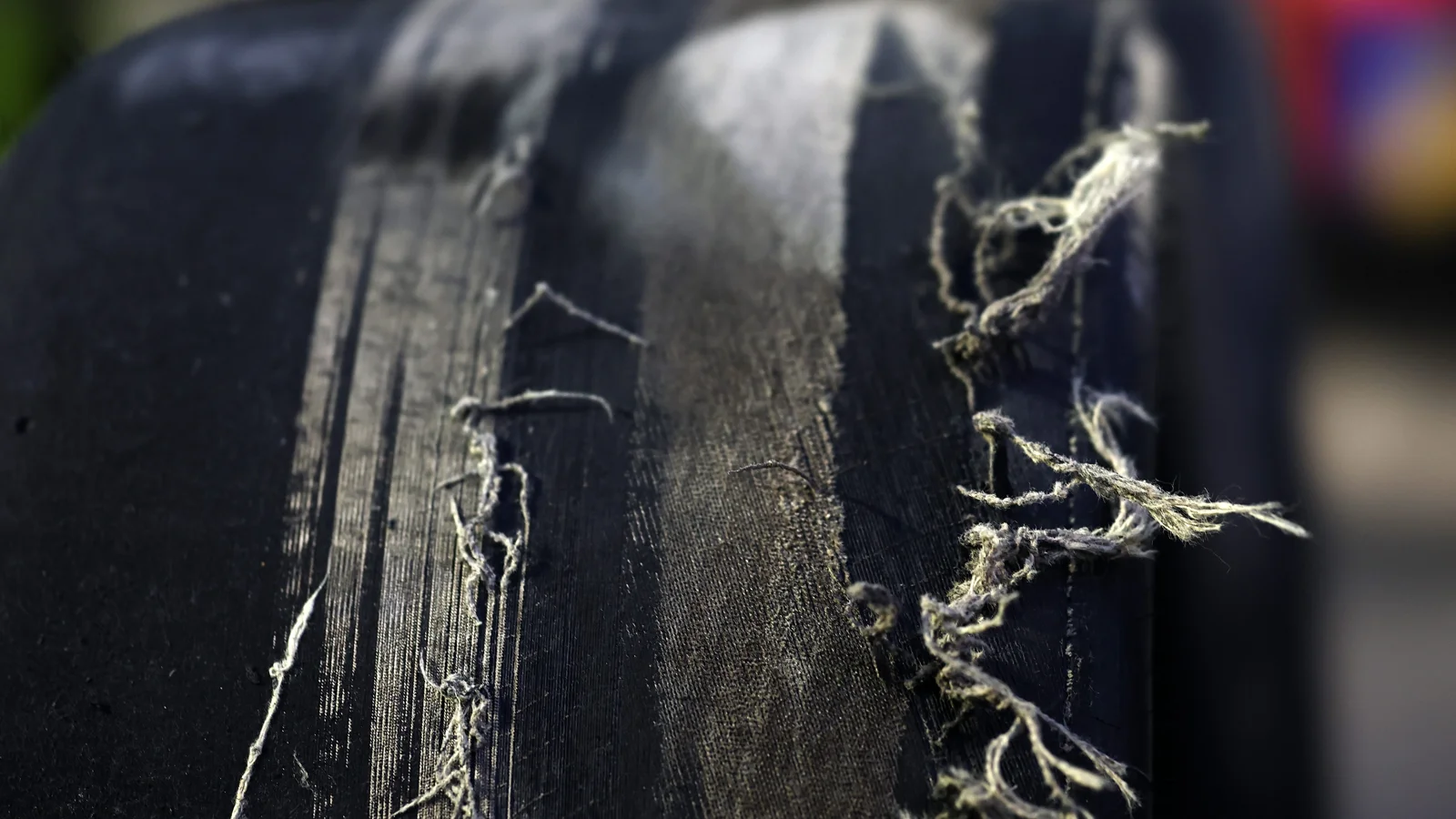Austin Dillon expressed deep frustration over the Bristol tire issues after the Richard Childress Racing No. 3 team’s early exit from the NASCAR Playoffs on Saturday night. Citing unexpected tire wear as a decisive factor in the outcome, Dillon’s Bristol tire wear reaction highlights how rapidly on-track conditions changed to the detriment of his playoff run.
Dillon and the No. 3 Team’s Playoff Hopes Dashed
The Bristol Night Race resulted in disappointment for Austin Dillon and his team, who fell 15 points shy of advancing to the Round of 12. Despite a strong start, Dillon was one of the first drivers to encounter severe tire wear—an issue that plagued many competitors throughout the evening. The tire trouble left him unable to recover, finishing P28 and ending his championship chase.
Christopher Bell emerged victorious, but the night was marked more by tire failures than by racing drama. While some drivers and teams managed to recover from early flat tires, Dillon was not as fortunate. The rapid decline in tire durability forced teams and crew chiefs such as those working with Richard Childress Racing to make hasty strategic calls. For Dillon, the problem arrived early and proved insurmountable.
Bristol Conditions Fuel Frustration and Confusion
After the race, a visibly upset Dillon described the unfolding chaos and how his team responded to the unexpected tire issues. He explained that he initially believed his car was merely suffering from a flat tire or handling problems, not realizing how quickly the tires were degrading. The intense tire wear and changing conditions created a situation where racing hard was nearly impossible for some, including Dillon. He voiced his disappointment at missing the chance to truly compete in such an important race, especially with the playoffs on the line.

“Well, we didn’t process it fast enough,”
Dillon said on the post-race show. I just thought we had a flat tire, and I was losing the right front. I didn’t know we were cording tires that fast, um, I just thought we were tight. And I was like, ‘Well, it fired off fine,’ and it was cording just like they did that one race a year ago or so. It’s unfortunate, you know, I know NASCAR doesn’t want that to be the race for the playoffs because you want to be able to go out and race it out.” —Austin Dillon, NASCAR Driver
“Our car didn’t have any problems, no tire wear in practice. I mean, I’m guessing the temperature change is the biggest thing, and we just weren’t able to race. We wanted to be able to race hard, and it came into just putting around, trying to make tires live kind of race, and our car wasn’t good for that. It’s unfortunate for our Bass Pro Shops Winchester [team]. Just wanted the shot to race and didn’t feel like we really had that tonight.”
—Austin Dillon, NASCAR Driver
A Chaotic Night for Teams and Drivers
The widespread tire issues did not single out Dillon. Other drivers and teams, including AJ Allmendinger, experienced tire dramas of their own. Soon, it became clear to everyone at Bristol that tire longevity would define the night, as crew chiefs across the field scrambled for solutions. The Spring 2024 event at this track had given teams a preview of what was possible, but the problems seemed magnified in the high-stakes playoff atmosphere.
Despite recent improvements in racing at Bristol in the Next Gen era, the track again served up unpredictable challenges. Not all teams responded in time, and Dillon was among those unable to adapt quick enough, leading to his elimination. The disappointment was not isolated to just his results; it was clear that fans and teams expected a more competitive playoff race under fair conditions.
Dillon’s Frustration Grows as Early Tire Failure Seals Fate
Dillon reflected on the efforts of his crew during the tumultuous night, recognizing their attempts to regain lost ground even as the tire situation spiraled. He described making a bold push early in the race only to see his tires degrade after just 21 laps—far sooner than the team expected or could manage position-wise.
“Miles and the guys were trying so hard to get us back on the lead lap, trying to get things to fall right, but truthfully, our car just, we couldn’t go as long as we needed to as fast as we needed to,”
Dillon continued on TV. I mean, there was opportunities there to be better, but I went hard one run, and 21 laps was all I got before I was corded.” —Austin Dillon, NASCAR Driver
“We were shot really fast. So, I had to really manage tires and try and keep it underneath me and hope things played out. Truthfully, they played out as good as we could’ve. If we run 15th tonight, we probably transfer. But things hit us fast here at the beginning, being the first car to really go through it.”
—Austin Dillon, NASCAR Driver
Race Impact and What Comes Next
Austin Dillon’s frustration over Bristol tire wear has ignited discussion across the NASCAR community. The rapid loss of competitive edge and playoff elimination for the No. 3 team underscore the high stakes and unpredictability that tire management brings to modern stock car racing. Fans, teams, and leadership alike may expect further evaluation of tire compounds and race procedures ahead of future major events at Bristol Motor Speedway, especially when playoff hopes are on the line.
As the series moves forward, the events at Bristol will remain a point of reflection for Richard Childress Racing and others impacted by the unforeseen tire issues. With playoff contention lost, Dillon and his crew now turn to regrouping and extracting the positives from the challenging season. The intense atmosphere and sense of missed opportunity at Bristol will not be easily forgotten among those vying for a NASCAR championship.
